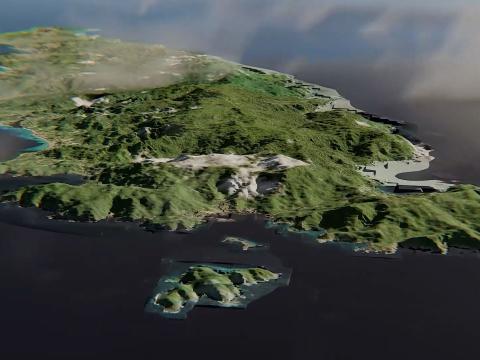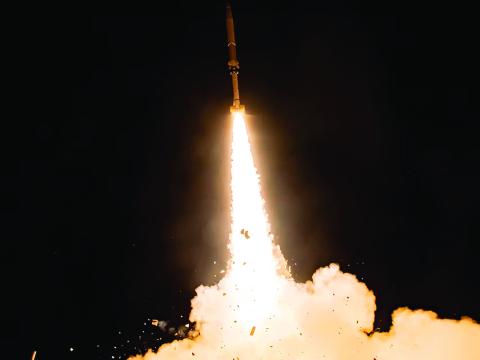Experts Call for Solar Storm Prep
Extreme instances of electromagnetic energy from solar events, known as solar storms, could increase in frequency and intensity in 2013, according to space weather experts. While scientists recommend the public and private sectors prepare for the potential threat, insufficient information about the source and nature of solar storms makes the task challenging.
Extreme instances of electromagnetic energy from solar events, known as solar storms, could increase in frequency and intensity in 2013, according to space weather experts. While scientists recommend the public and private sectors prepare for the potential threat, insufficient information about the source and nature of solar storms makes the task challenging.
Defense Editor Max Cacas describes the arrival of the so-called solar max year in his SIGNAL Magazine article titled "Solar Storms Test Earthbound Preparedness."
Solar storms are cyclical and have occurred at roughly 11-year intervals for most of the solar system's history. However, these solar events only began adversely impacting the Earth within the last century. In extreme cases, these strong currents of electrical energy are capable of disrupting power grids and other electrical transmission equipment. For example, a solar storm created strong ground-based electrical currents in 1989 that knocked out power in the Canadian province of Quebec for more than 12 hours.
According to Joe Kunches, a space scientist with the National Oceanic and Atmospheric Administration's Space Weather Prediction Center, his organization is currently tracking some extremely strong magnetic fields on the surface of the sun, but these fields are in a "quiet state." The goal is to know in advance how strong the storms will be and when they will take place, but Kunches warns that those goals are beyond the realm of today's science.
Despite the difficulty in forecasting solar storms, scientists, researchers and military organizations still are stepping up awareness of the sun in the upcoming solar max season. This includes the U.S. Air Force, which has a number of concerns related to solar storms, Lt. Col. Brad Green, USAF, chief, Space Operations Plans with the Air Force Directorate of Weather, says. These include geolocation errors, radar interference, launch trajectory errors and damage to Air Force and civilian communications satellites in low earth orbit, among others.
Overall, Kunches recommends that people simply prepare for the possibility of no electrical power for an extended period of time.




Comments